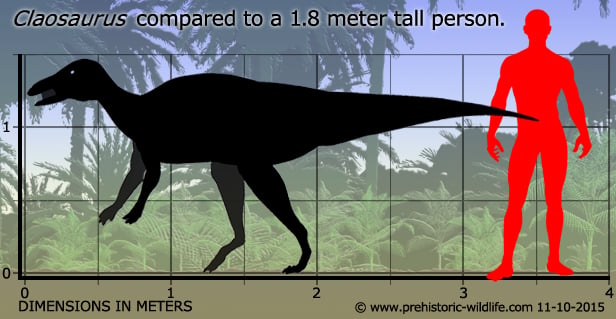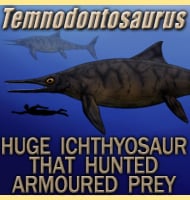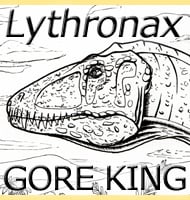In Depth
First named as a species of Hadrosaurus by Othniel Charles Marsh in 1872, Marsh later renamed this species as a distinct genus, Claosaurus in 1890. A second species, C. affinis, is now considered to be highly dubious, not only upon the grounds that it was based upon very fragmentary toe bones, but that this fossils have now become lost, making further studies on this species impossible.
Claosaurus is so far notable for three reasons. First is that the genus is considered to be a hadrosauroid, the group that the more advanced hadrosaurids (i.e. Edmontosaurus, Parasaurolophus, Hypacrosaurus, etc) came from. Claosaurus however is so far the most advanced hadrosauroid known without actually being a true hadrosaurid. Second is that Claosaurus grew to a fairly small size averaging only about three and a half meters in length. Third, is that several specimens of Claosaurus have been found in marine sediments. This could either indicate that these individuals were living in coastal environments, or were swept out to sea in flood waters.
Further Reading
-Additional characters of the Ceratopsidae, with notice of new Cretaceous dinosaurs. - American Journal of Science 39:418-426. - Othniel Charles Marsh - 1890. - The type of Claosaurus (?) affinis Wieland. - American Journal of Science 246: 29–30. - Joseph T. Gregory - 1948.










